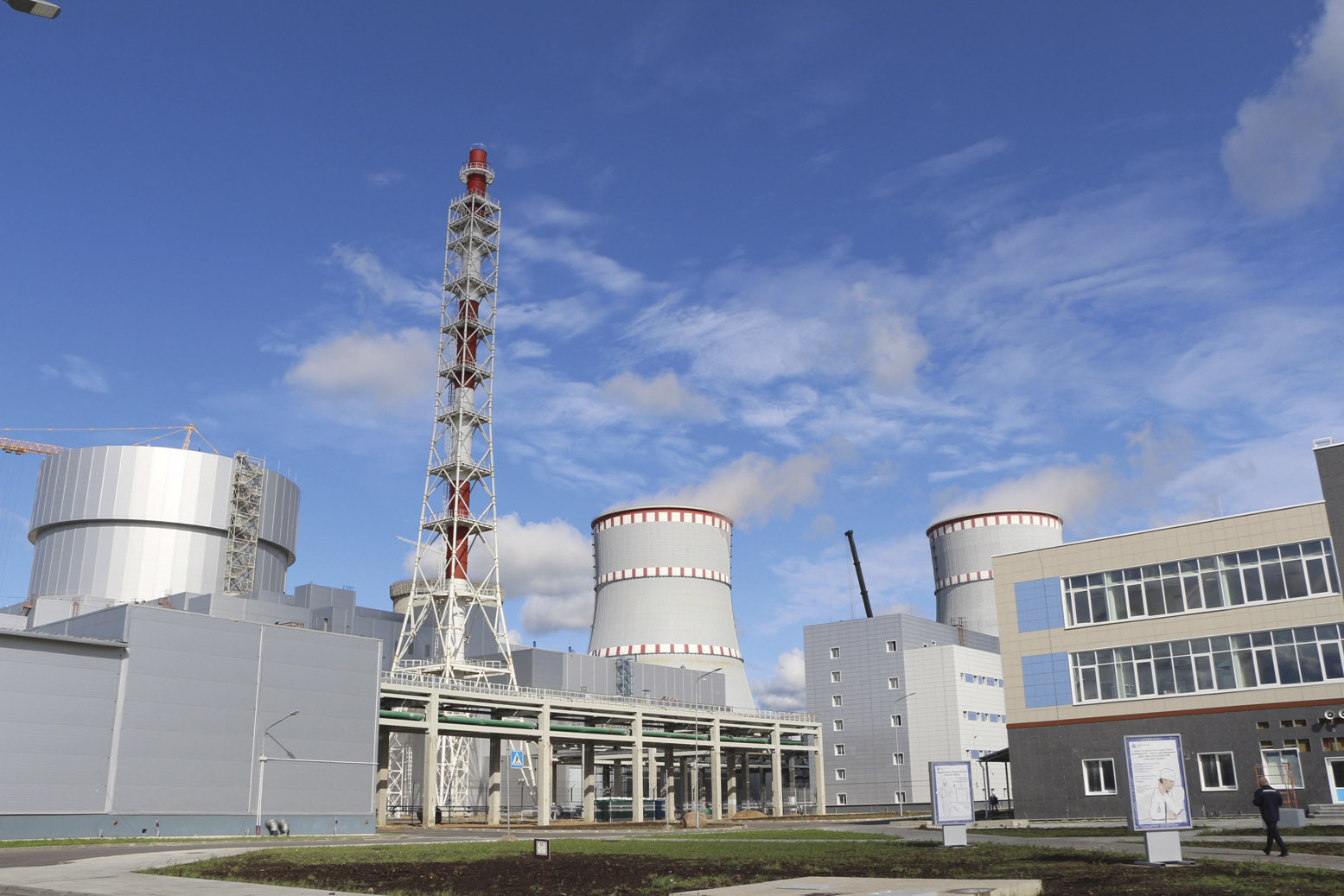GOP lawmakers show support for revamped ROP
A group of Republican senators on March 2 penned a letter to Nuclear Regulatory Commission Chairman Kristine Svinicki to express their support for the ROP Enhancement Initiative—an effort to assess and modernize the agency’s nuclear safety inspection program, better known as the Reactor Oversight Process. The letter was signed by Sens. John Barrasso (R., Wyo.), chairman of the Senate Committee on Environment and Public Works; Jim Inhofe (R., Okla.); Shelley Moore Capito (R., W.Va.); Kevin Cramer (R., N.D.); Mike Braun (R., Ind.); Mike Rounds (R., S.D.); John Boozman (R., Ark.); and Roger Wicker (R., Miss.).

-3 2x1.jpg)

